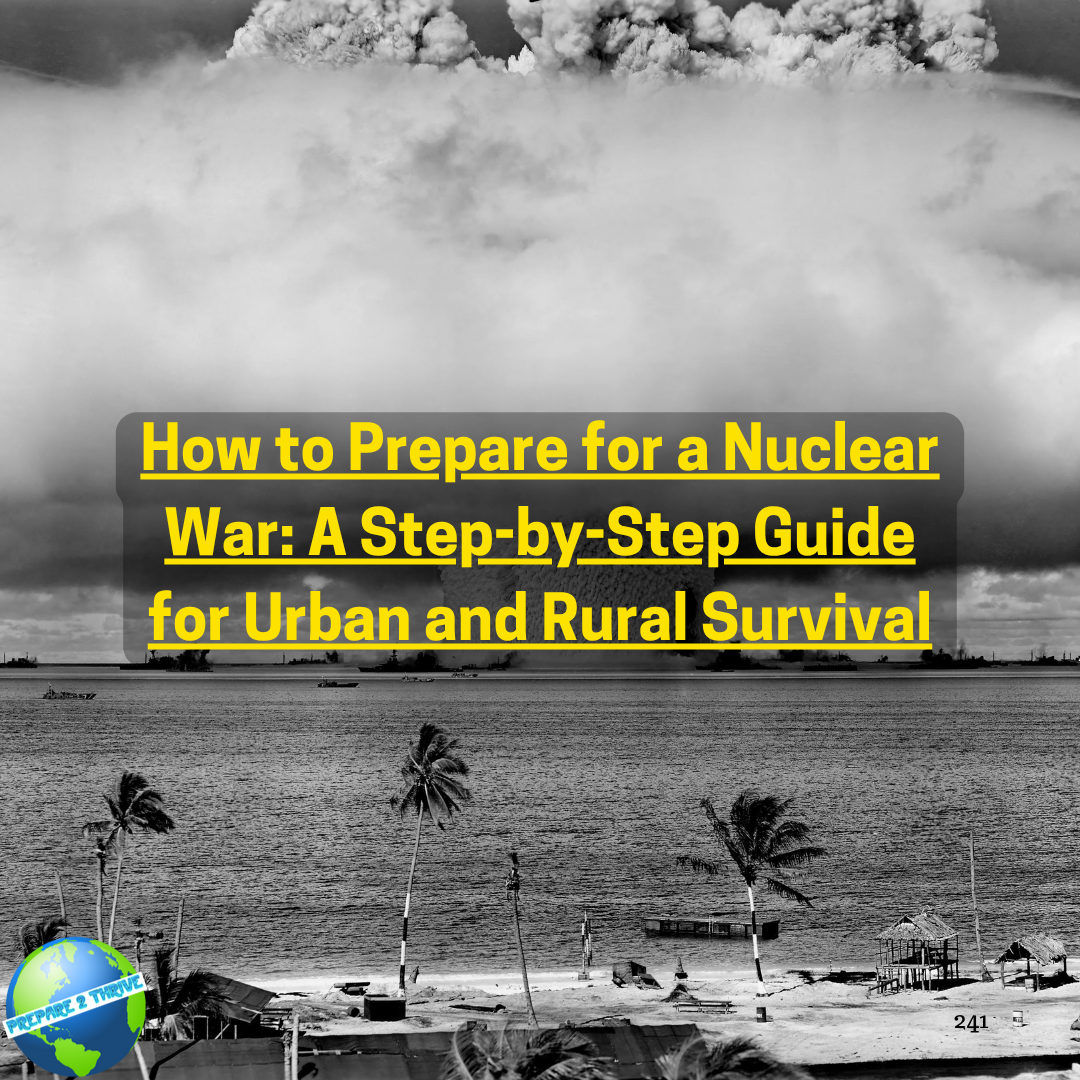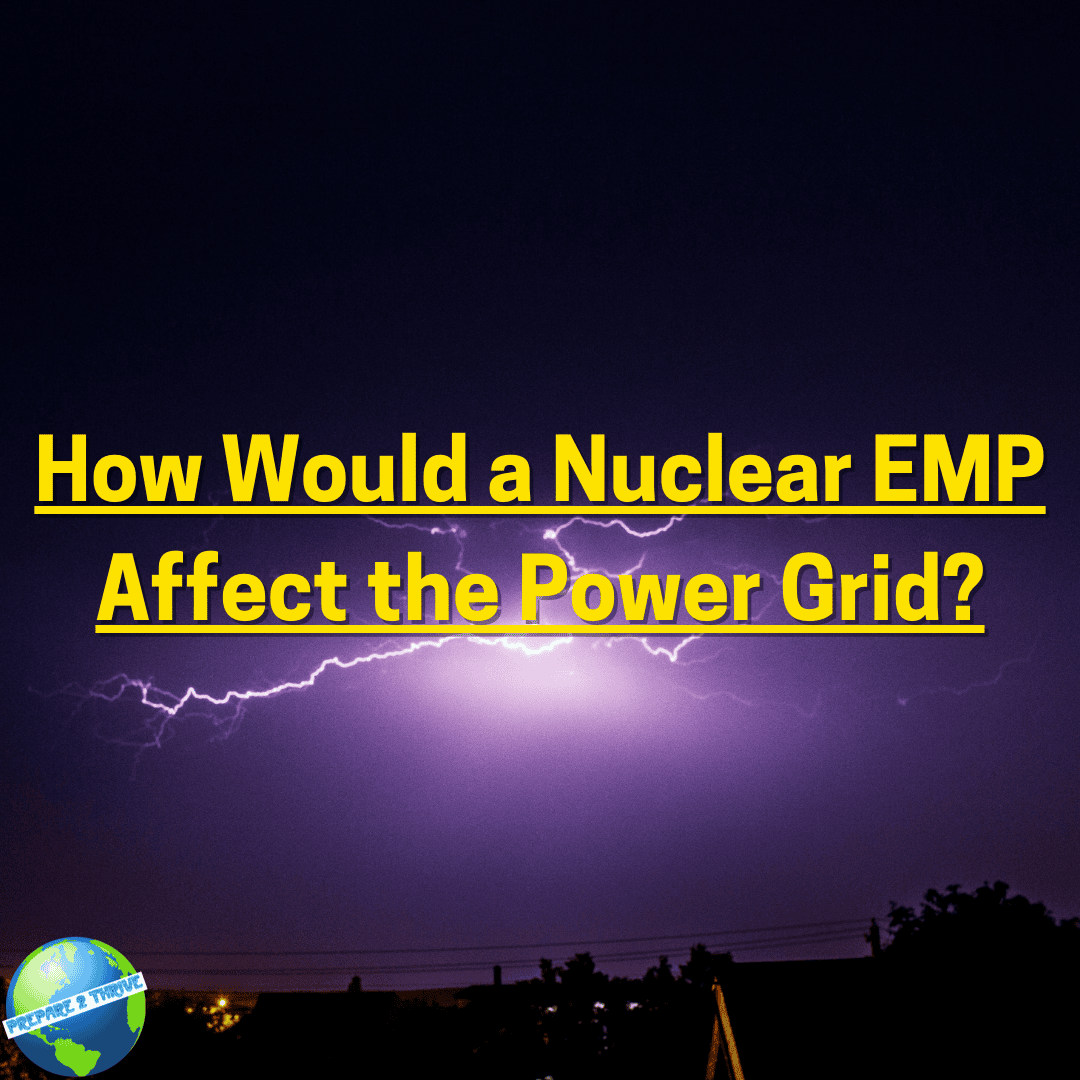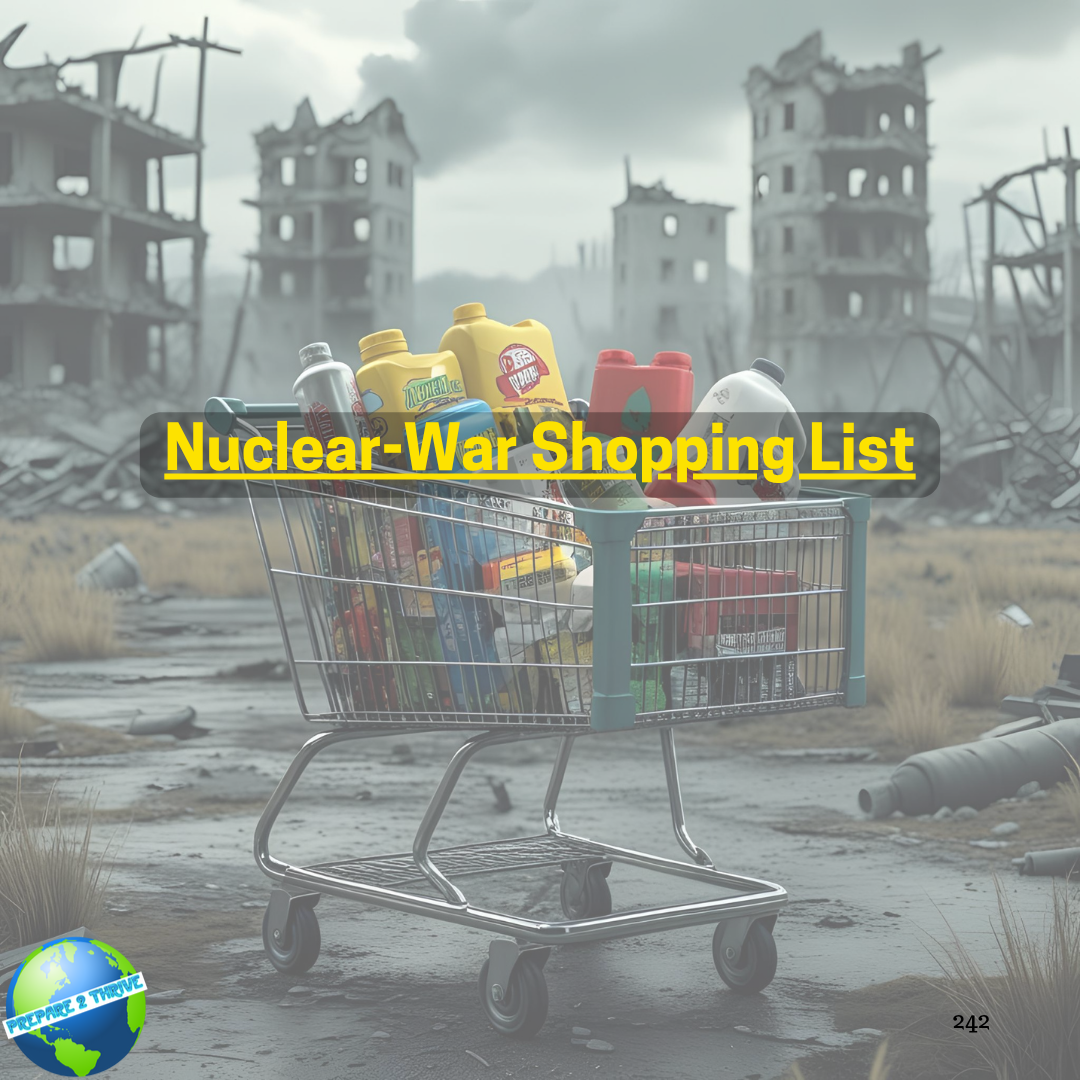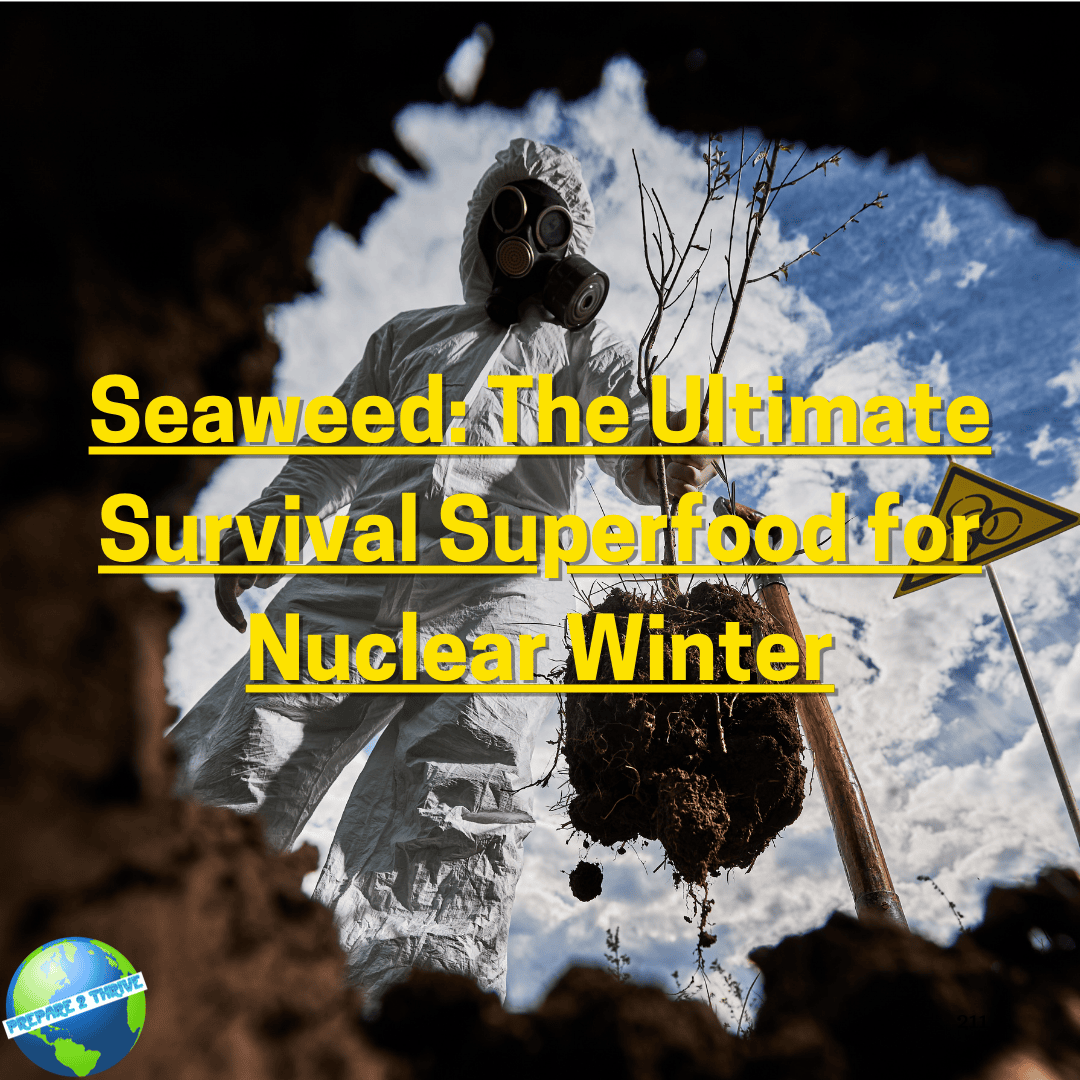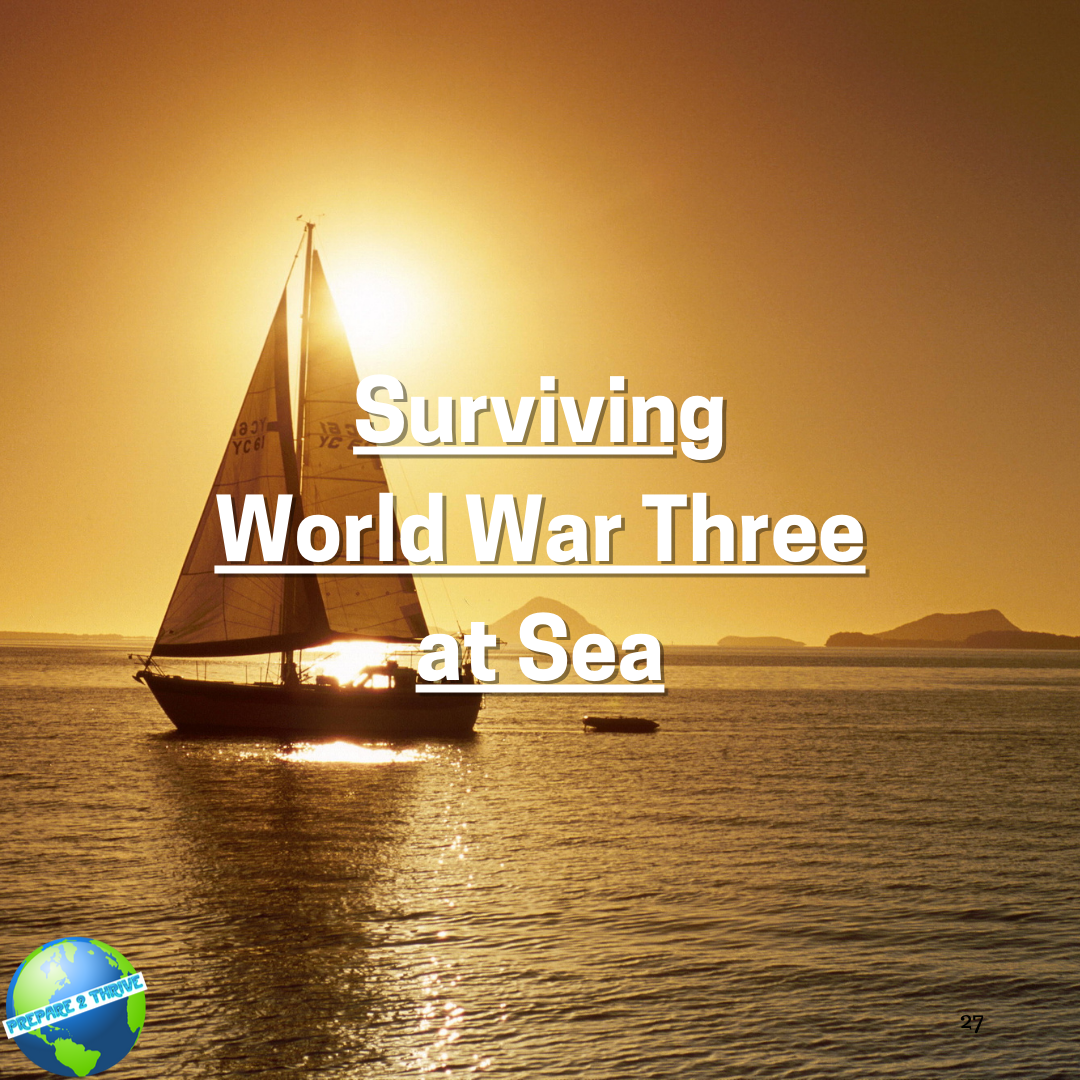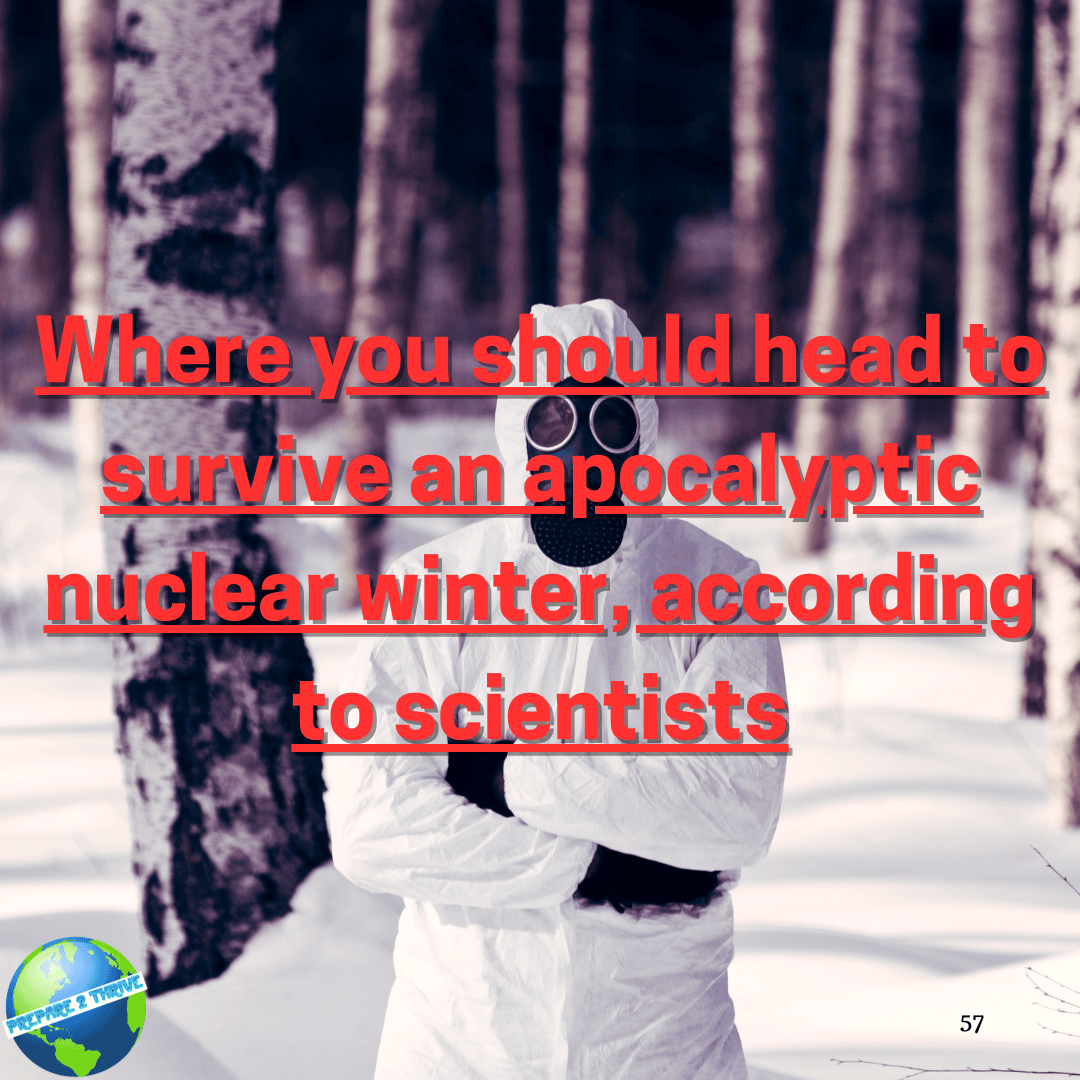Radiation

Navigate the complexities of radiation and nuclear preparedness with our dedicated series. These articles delve into the critical aspects of understanding and managing radiation in the context of potential nuclear events. From comprehensive guides on detecting and measuring radiation to strategies for protection and decontamination, our resources equip you with the knowledge needed to navigate this unique and challenging aspect of survivalism. Join us as we shed light on the intricacies of radiation, providing you with insights to bolster your readiness and resilience in the face of nuclear uncertainties.
-
Learn step-by-step how to prepare for nuclear war, protect against fallout, and survive in both urban and rural areas. Includes practical tips, survival kit essentials, and long-term safety strategies.![How to Prepare for a Nuclear War: A Step-by-Step Guide for Urban and Rural Survival]()
-
Discover the potential impact of a nuclear electromagnetic pulse (EMP) on the power grid with Prepare2Thrive. Our expert analysis and insights will help you understand the risks and prepare for the worst-case scenario. Stay informed and stay safe with Prepare2Thrive.![How Would a Nuclear EMP Affect the Power Grid?]()
-
Discover the latest nuclear fallout map and prepare yourself for any potential disaster. At Prepare2Thrive, we provide you with the tools and resources to thrive in any situation.![Nuclear Fallout Map]()
-
Nuclear war survival shopping list with gear for fallout, radiation, and sheltering. Includes PPE, detectors, food, water, and buying tips.![Nuclear-War Shopping List]()
-
Explore the potential of seaweed as the ultimate survival superfood in the aftermath of nuclear winter. Discover how seaweed's resilience, nutritional richness,![Seaweed: The Ultimate Survival Superfood for Nuclear Winter]()
-
Discover essential survival tips and strategies for navigating the high seas during World War III. Prepare2Thrive offers expert advice on everything from building a survival kit to finding safe harbor in the midst of chaos. Don't be caught unprepared - start preparing today.![Surviving World War Three at Sea]()
-
Discover the best places to seek shelter during an apocalyptic nuclear winter, as recommended by scientists. Prepare2Thrive provides expert advice on survival strategies, including where to go and what to do in the event of a catastrophic disaster.![Where you should head to survive an apocalyptic nuclear winter, according to scientists]()
